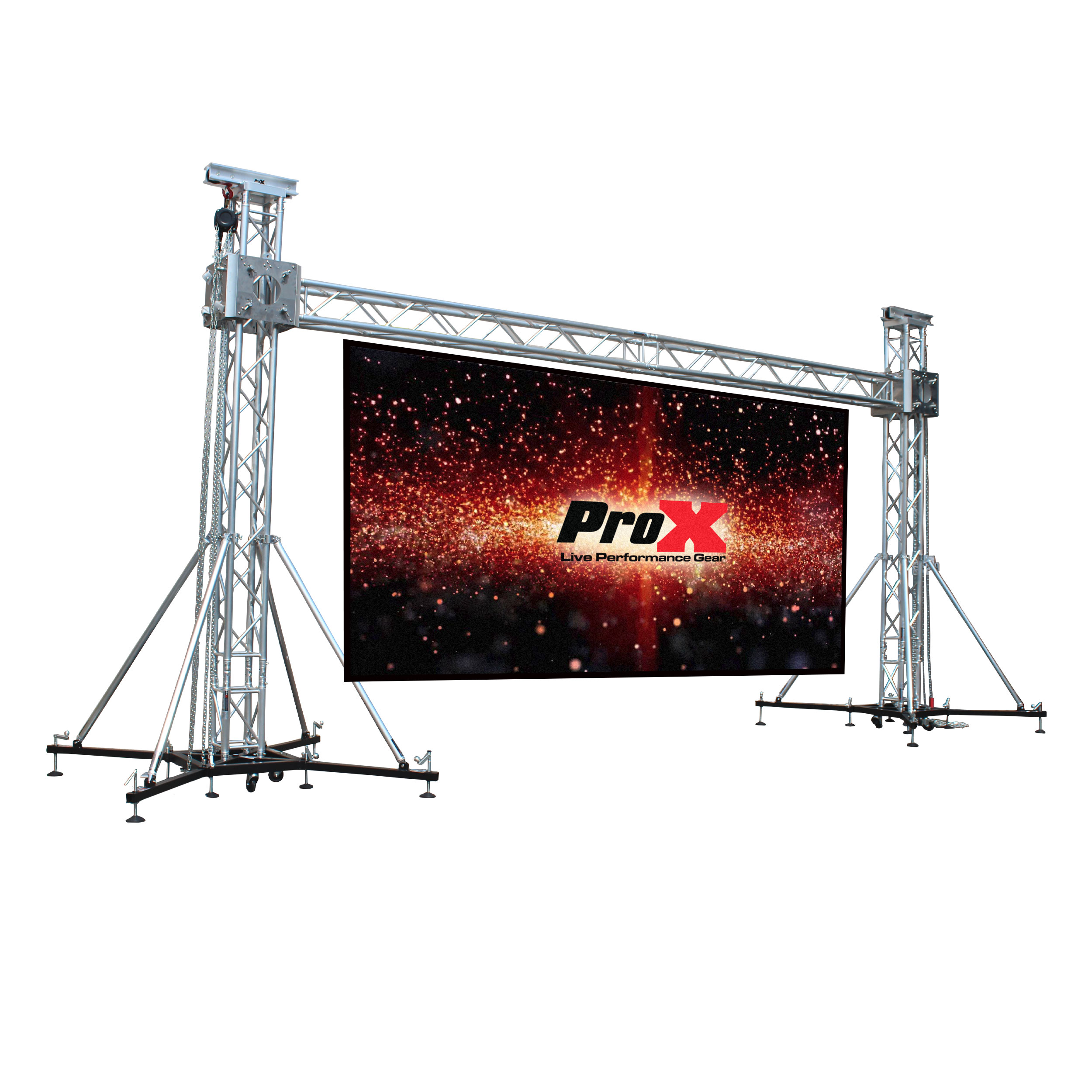Within modern world, display innovation serves a vital function in how we interact with digital content. From televisions to computer monitors, the quality of images can significantly impact our engagement and interpretation of the content. One key element that influences image quality is the brightness-to-darkness ratio. The black-to-white ratio quantifies the disparity between the darkest and brightest areas of an output. A greater contrast ratio indicates that visuals can reveal more clarity in both dark areas and highlights, making them appear more dynamic and lifelike.
To get a grasp on brightness-to-darkness ratios better, it is helpful to know how they are measured. The ratio is typically represented as two figures, such as 1000:1. This indicates that the lightest white is 1,000 times more luminous than the deepest black. Screens with elevated contrast ratios offer richer blacks and more vivid whites, which enhances the overall visual experience. When watching a film or engaging with a game title, for example, these variations can produce a more engaging environment. Users can moved here observe elements that may be unnoticeable in screens with reduced contrast ratios.
Different types of screen technologies, such as LCD, light-emitting diode, and organic LED, have varying contrast ratios. OLED panels are recognized for try this site their superior contrast because they can turn off individual pixels completely, resulting in true black levels. On the other hand, conventional liquid crystal displays may fail to reach similar levels of darkness due to their illumination methods. It is important for consumers to consider these variations when choosing a display for their requirements. Grasping how each system handles contrast can significantly influence contentment with the device.
Moreover, the importance of contrast ratio extends beyond recreational use; it also influences productivity in work environments. For tasks requiring detailed visual analysis, such as graphic design or photo editing, having a display with a superior contrast ratio allows for greater precision and definition. This ensures designers can see subtle details in their designs or photographs without strain. In learning settings, students gain from enhanced displays that make educational content more interactive and easier to understand.

To sum up, improving image quality through grasping contrast levels is essential for individuals using display technology. A higher contrast ratio leads to better image quality by providing richer colors and more detail in images. As technology advances, users should stay aware about these factors to make decisions that align with their preferences and needs. Whether for entertainment or work, being informed about contrast ratios maximizes satisfaction and efficiency in using screen technology.
Comments on “Enhancing Visual Engagement Through the Effect of Luminance Contrast Proportions on Display Quality in Screen Platforms”